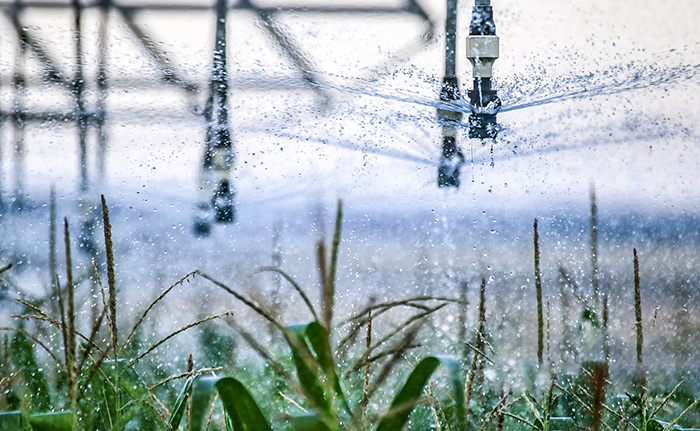Using PVC valves to control water in a system is not difficult and can be very beneficial if done correctly. These valves are especially useful in home irrigation and gardening systems, homemade fish tank plumbing, and other such home applications. Today, we’re going to look at several different butterfly valve applications and why these devices are so useful.
Many valves are made of PVC or CPVC, including butterfly valves, ball valves, check valves, and more. Each type has its own advantages and disadvantages, but the style of the butterfly valve body and the way it regulates flow is unique. Even when open, the quarter turntable is in the flow of liquid, nothing like a butterfly valve. Below we’ll discuss “Wafer Butterfly Valves vs. Lug Butterfly Valves,” but first let’s look at some uses for butterfly valves!
Common Butterfly Valve Applications
A butterfly valve is a quarter-turn valve with a plastic or metal disc in the middle that rotates on a metal stem or “stem”. If the stem is the body of a butterfly, then the discs are the “wings”. Because the disc is always in the middle of the pipe, it slows down slightly as the fluid rushes through an open valve. The following examples are some of the jobs for which butterfly valves are well suited – some specific and some general!
garden irrigation system
Geared lug pvc butterfly valves These systems usually consist of PVC or CPVC pipe with elbows, tees and couplings connecting all parts. They run near or above the backyard garden and drip sometimes nutrient-rich water onto the plants and vegetables below. This is accomplished in a number of ways, including perforated hoses and drilled pipes.
Butterfly valves can be used to start and stop flow in these systems. They can even isolate parts of your irrigation system so you can only water the thirstiest plants. Butterfly valves are therefore popular because they are cheap
Pressurized application
Butterfly valves are perfect when it comes to compressed air or other gases! These applications can be difficult for valves, especially when they open slowly. However, if you use automatic actuation on a butterfly valve, it will open almost instantly. Protect your pipes and other equipment with butterfly valves!
backyard swimming pool
Swimming pools require water delivery and drainage systems that allow backwashing. Backwashing is when you reverse the flow of water through the system. This removes chlorine and other chemicals that have built up in the pool piping. For backflushing to work, the valve must be installed in a position that allows water to flow back without damaging the equipment.
Butterfly valves are perfect for this task because they stop fluid completely when closed. They are also very easy to clean because of their thin body. This is important when it comes to pool water!
Space-constrained applications
Space-constrained systems are ideal if you’re just wondering where to use your butterfly valve. In tight spaces, assembling an efficient plumbing system can be challenging. Pipes and fittings don’t take up much space, but equipment like filters and valves can be unnecessarily bulky. Butterfly valves generally require less space than ball valves and other types of globe valves, making them ideal for flow control in tight spaces!
Wafer Butterfly Valves vs Lug Butterfly Valves
As promised at the top of this article, we will now discuss the differences between wafer and lug butterfly valves. This information can also be found in a previous blog post. Both types of valves do the same job (and do it well), but each has its important subtleties.
Wafer-style butterfly valves have 4-6 holes into which alignment lugs are inserted. They pass through the mounting flanges on both sides and through the frame of the valve, allowing the pipe to squeeze close to the sides of the valve. Wafer butterfly valve has excellent pressure resistance! The problem with this way is that if you want to disconnect the pipe on either side of the valve, you have to shut down the entire system.
Lug Butterfly Valves have 8-12 holes for attaching lugs. The flanges on each side are attached to half of each lug. This means that the flanges are mounted independently on the valve itself. This creates a strong seal and allows maintenance on one side of the pipe without shutting down the entire system. The main disadvantage of this style is lower stress tolerance.
Basically, lug-style valves are easier to use and maintain, but wafer-style valves can handle higher pressures. For more information on Wafer Butterfly Valves vs Lug Butterfly Valves, read this great article. Click the link below to view our high quality, wholesale price PVC and CPVC butterfly valves!
- PVC butterfly valve
- CPVC butterfly valve
Post time: Jul-08-2022




